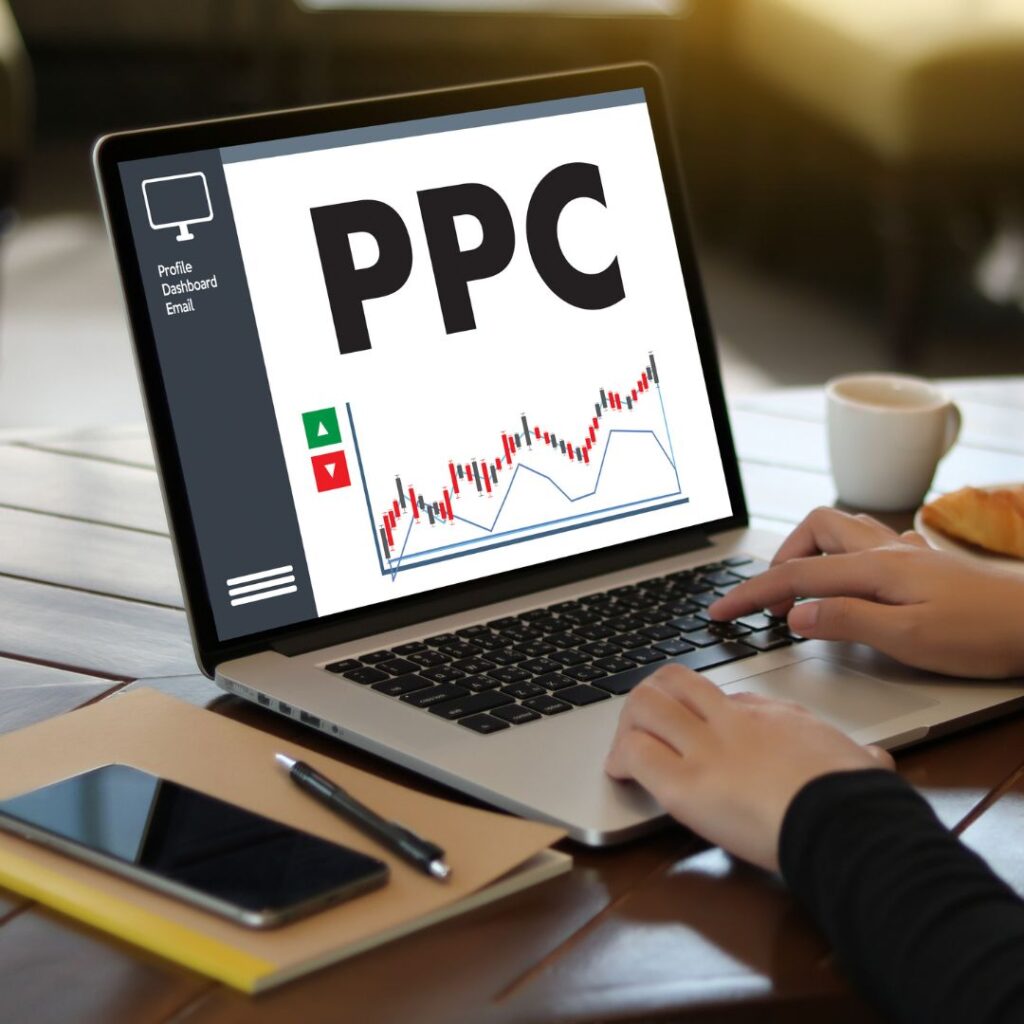
We leverage various social platforms to promote your products or services, engage with target audiences, and build brand awareness. Through strategic content creation, community engagement, and targeted advertising, businesses can effectively reach and connect with their desired customer base, driving engagement and ultimately, conversions.
Google advertising, also known as Google Ads, is a powerful platform for reaching potential customers at the moment they’re searching for products or services like yours. Through keyword-targeted ads displayed in Google search results and across the Google Display Network, businesses can increase visibility, drive website traffic, and ultimately, boost conversions. With precise targeting options, detailed analytics, and flexible budgeting, Google advertising offers a highly effective way to maximize ROI and achieve business goals.


Email marketing involves sending targeted messages to a list of subscribers with the goal of nurturing leads, building customer relationships, and driving conversions. It’s a cost-effective and direct way to communicate with your audience, delivering personalized content and promotions right to their inbox.
This involves reaching potential customers through non-digital channels. Whether through print media, direct mail, events, or physical signage, offline marketing strategies aim to engage audiences in the physical world, complementing digital efforts and providing a multi-dimensional brand experience.

Let’s discuss how we can support your business objectives. Fill out the form, and take the first step towards transformation.
connect@myomnis.com
NCT, India
Rahul Bindal, Presithum Towers,
New Delhi
Copyright © 2025 Omnis LLC
WhatsApp us